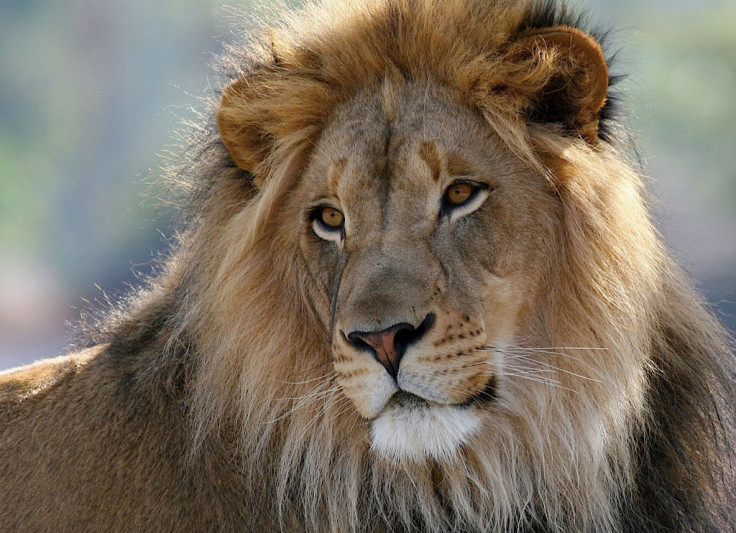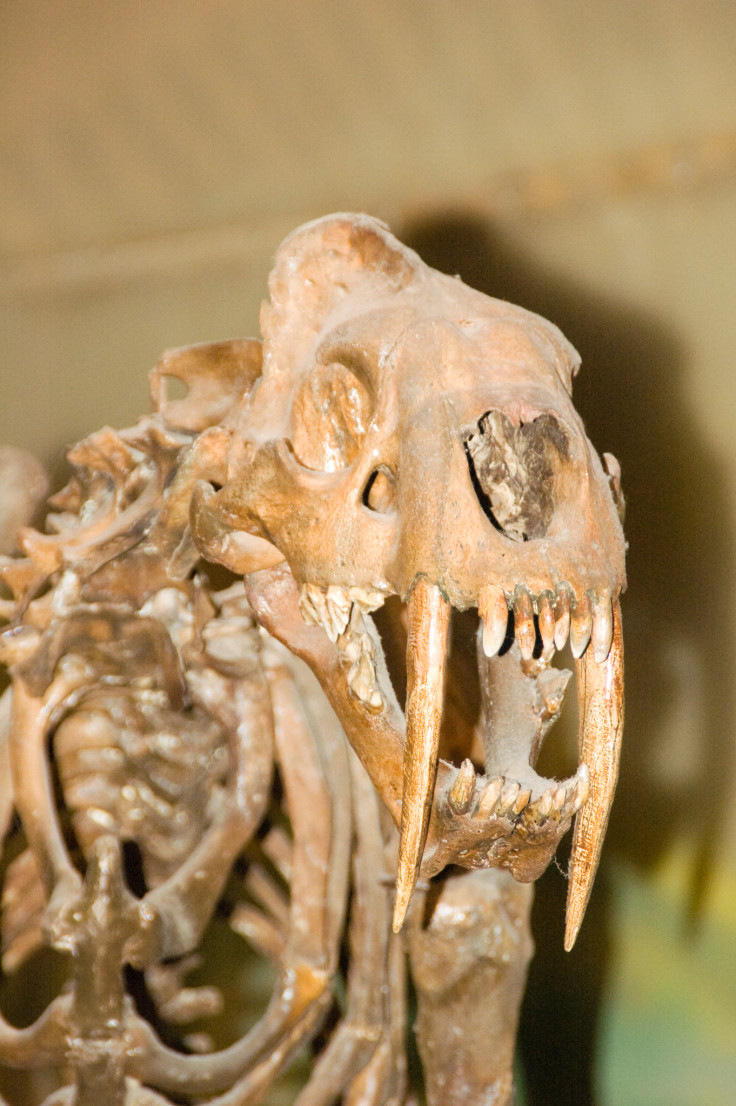Lions may starve to death - just like extinct sabre-tooth tigers did in the Ice Age
Both lions and Sunda clouded leopards could be affected by a loss of prey.

At the end of the last Ice Age, seven species of big cat, including the iconic sabre-tooth tiger, went extinct. They all had one thing in common – these species were the most affected by a loss of prey.
A study recently published in the journal Ecography has investigated whether Ice Age extinction trends could be applied to populations of big cat species alive today. It finds that African lions and Sunda clouded leopards are now facing similar threats to big cat species which went extinct around 12,000 years ago.
Led by scientists from the universities of Sussex, Oxford's Wildlife Conservation Research Unit (WildCru), Aarhus and Goteborg, the research looks at what caused the extinction of seven big cats living during the Ice Age.
This includes four different types of sabre-toothed cats, the cave and American lions and the American cheetah.
The scientists describe an alternative scenario to reality, which shows where mammals (including big cats and their prey) would be living if humans had had no impact on their environment.
This hypothetical representation of what present day fauna distributions might have looked like is used to assess how the loss of prey impacted big cats.
The researchers are also able to quantify the threat that the animals alive today will face in the future, if a further decline in prey richness is observed.
What big cats like to eat
Compiling a large database of what big cats (both extinct and alive) are known to eat, the researchers show that if the seven extinct species were alive today, only 25% of their preferred prey species would still remain on average across their natural ranges.
Most of these prey have gone extinct, often as a result of human activity. The scientists suggest that this loss of prey might have greatly contributed to the extinction of sabre-toothed cats, cave and American lions and American cheetahs.

Applying the same logic to current species of big cats, the researchers show that if all the currently threatened and declining prey species disappeared from the areas where big cats are known to occur, this could lead to the demise of some of these iconic and charismatic animals.
Only 39 percent of the African lion's prey and 37% of Sunda clouded leopard's would remain, leaving these two species extremely vulnerable, especially if other factors (such as conflict with humans and habitat loss) continued to threaten them.
"Prey loss is adding pressure on big cats and combined with other factors could lead to the extinction of these charismatic species", study author Dr Chris Sandom, from the University of Sussex, told IBTimes UK.
Effective conservation strategies are needed to save these animals from the same fate as sabre-tooth tigers. Continuing to put money and efforts in protecting habitat, stopping deforestation and conflicts between human and wildlife is essential, but protecting the prey of these big cats is also necessary.
"I am interested in turning this negative story into something positive, for example we could look for areas where prey are recovering and where there is a potential for restoration and reintroduction of certain species", Sandom concluded.
© Copyright IBTimes 2025. All rights reserved.






















